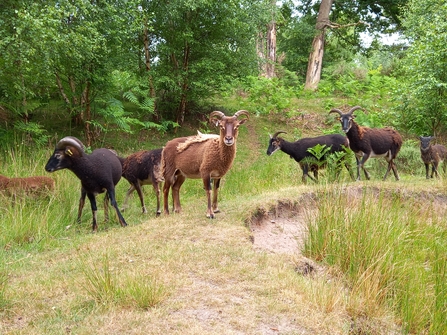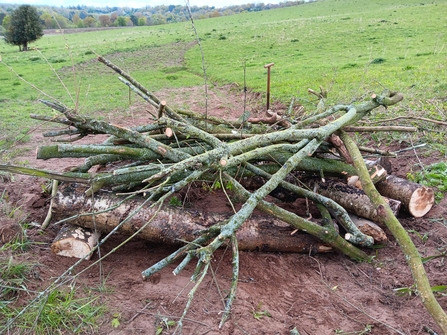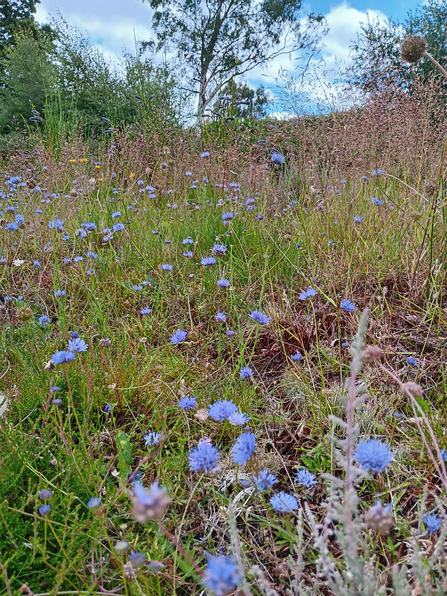My colleagues often hear me talking about how valuable animals are in keeping habitats open. The quickest way I explain it is that most plants in the world evolved to make use of sunlight. As a consequence, almost no plants can exist in deep shade; there are exceptions but even the woodland plants we’re most familiar with, such as bluebells, need quite a bit of light. Likewise, the trees of heathland – typically oak and birch - are pioneers, colonisers that can only exist if there is open ground to germinate in, growing as isolated trees or forming groves or even woodlands. The ancestors of such plants began evolving millions of years ago. Research is showing that much of our prehistoric landscape was much more open than we first thought. Woodlands did exist but plants of heath and marsh evolved to be sun worshippers so how did this happen? And how did woodlands stay open for plants like bluebells to evolve and thrive?
We need to look back to a whole series of herbivores that competed with one another to consume soft plant life and rip up and coppice woody growth. Plants evolved to cope with this and other factors - some are low growing, some cope with being munched, some flower and seed fast, some let their seeds cling to the animals that eat them! Bigger fauna included mammoths and hippos but we mustn’t forget the impact of smaller herbivores, insects, fungi and diseases too. Add to this a few more natural processes. Around the Kidderminster area, for example, the sandy soils resulted in a heathy grassland. If an area was heavily grazed, wind could cause drifting of the sand and there is some evidence that this area had inland sand dunes in the historic past. Wind is one thing but fire is another and these open, dry habitats would burn from lightning strikes – heathland plants are brilliant at colonising the bare ground of fire-ravaged areas.





